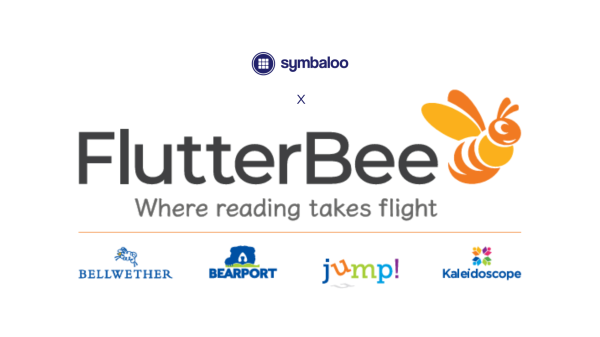
Discover FlutterBee on Symbaloo – Your Hub for Engaging Educational eBooks
December 01, 2025Blog Homepage/ Project-Based Learning
It seems like there are a lot of definitions of what PBL is on the internet. So to help ease some confusion, we're going to explain what PBL is all about and provide resources to help you implement it into your class.
"Project-Based Learning is a teaching method in which students gain knowledge and skills by working for an extended period of time to investigate and respond to an authentic, engaging, and complex question, problem, or challenge. Students learn by actively engaging in real-world and personally meaningful projects.." [BIE]
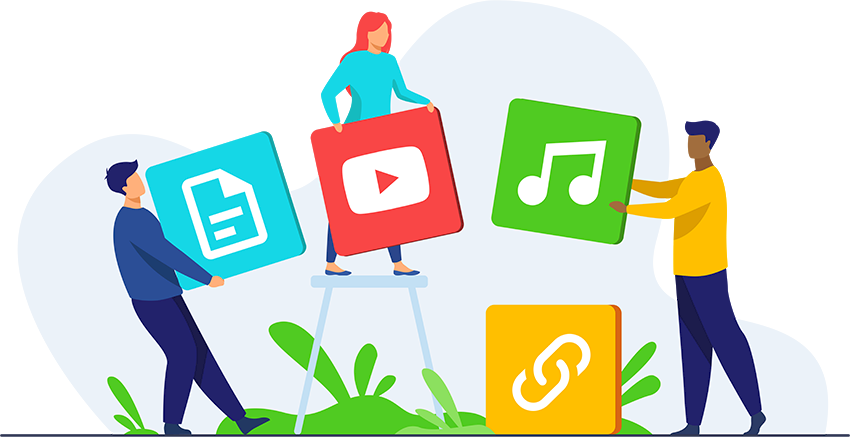
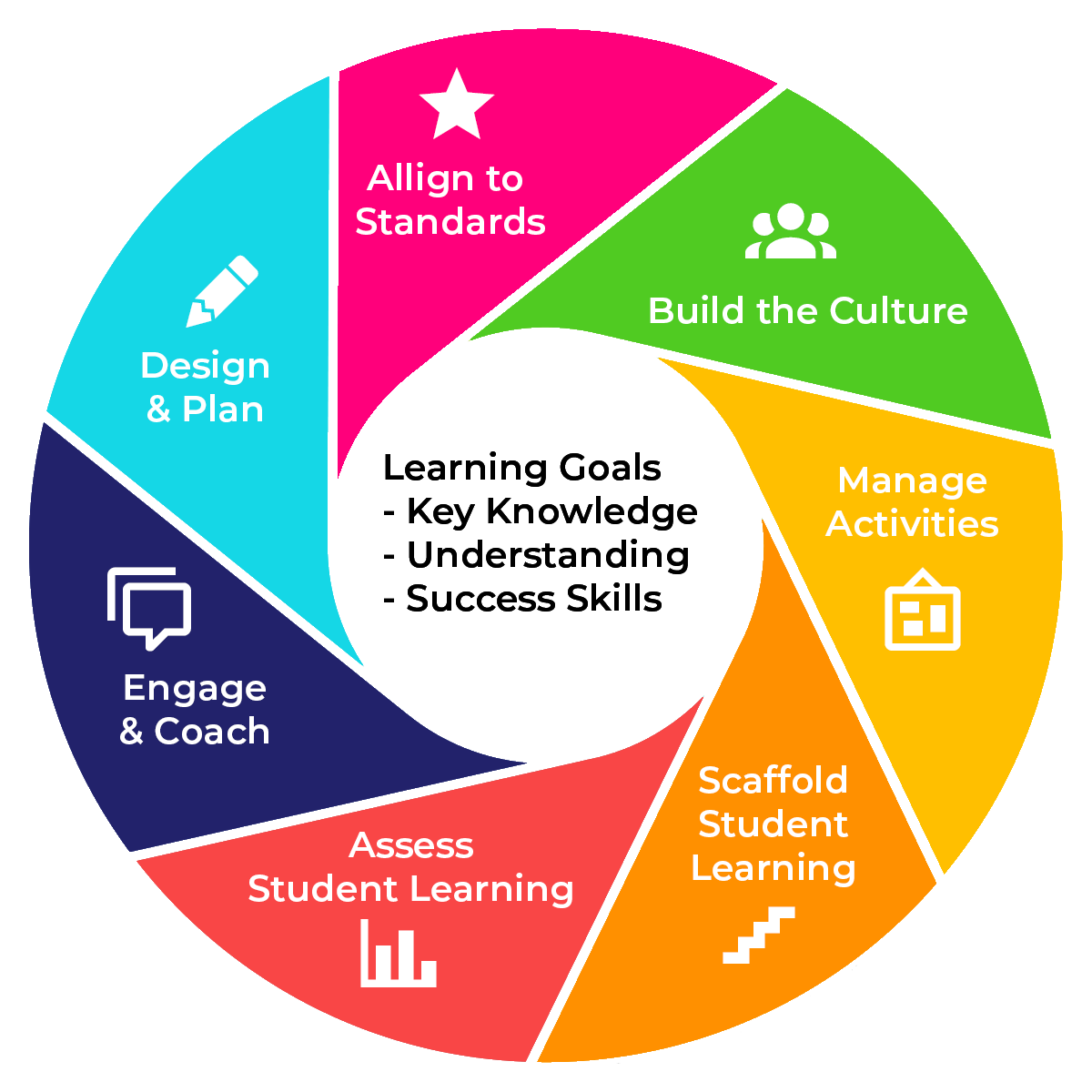
According to Edutopia, project-based learning typically is grounded in the following elements:
In contrary to a short and light-weighted project, PBL serves all its content in one large unit. The knowledge and skills a student needs to learn are packed in this whole unit. The unit is combined with various skills that students need to learn as well, such as critical thinking, problem-solving, collaboration, and communication with teammates.
By creating a good research question, students have to provide high-quality work to answer it. They do not only need to remember information but also draw the right conclusions from the information they have gathered.
Why are so many educators across the United States and around the world interested in this teaching method? The answer is a combination of timeless reasons and recent developments.
To read more on each of these methods, please visit the BIE website.
As Trello states: "students are encouraged to create their own workflows and make autonomous decisions as to how their results will be presented. Another important element of project-based learning is the inclusion of cooperative learning techniques. This involves bringing multiple students of varying abilities into a project to collaborate and work together towards a final presentation." [Read more HERE]
If you’d like to implement PBL or more effectively use PBL in your classroom, check out this teaching rubric.
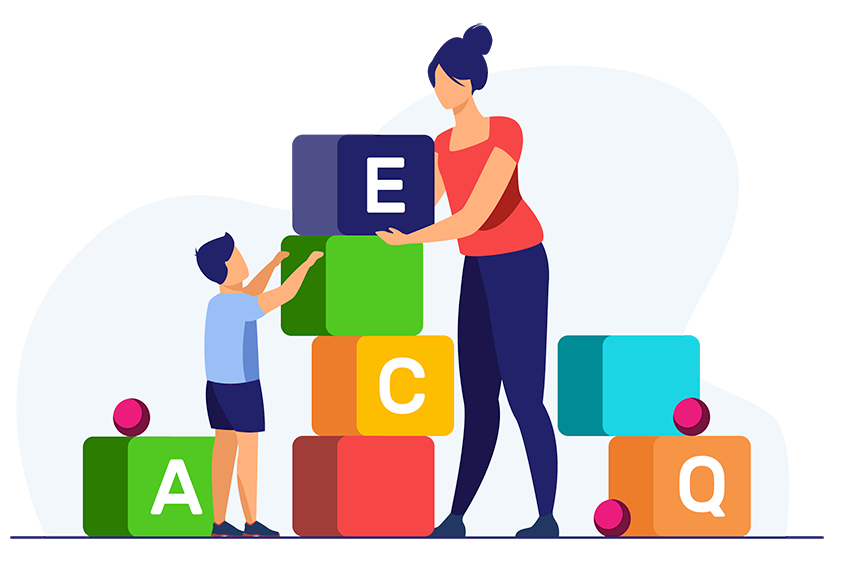
In this PBL Webmix, you find websites, videos, and worksheets that teach students more about our solar system.
Gather all your EdTech PBL tools in your Webmix to make navigation easier for your students.
In this Webmix, you find the best resources for learning in the 21st century. Engage your students with the best resources available!
Organize your PBL lessons in Symbaloo! Gather, embed, share and search on Symbaloo, and offer your students a safe working environment. Don’t have a Symbaloo-account yet? Create a free account today!
If you experience any issues or require assistance, please contact Symbaloo Support and we will do our best to help you promptly.
Thank you for using Symbaloo and have a great day!

Discover FlutterBee on Symbaloo – Your Hub for Engaging Educational eBooks
December 01, 2025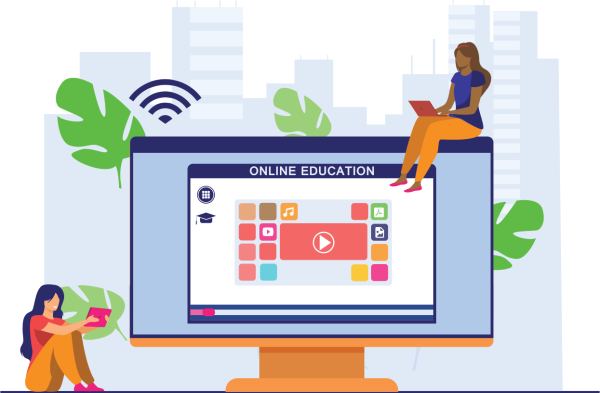
How Symbaloo Empowers Blended Learning in Today’s Hybrid Classrooms
May 27, 2025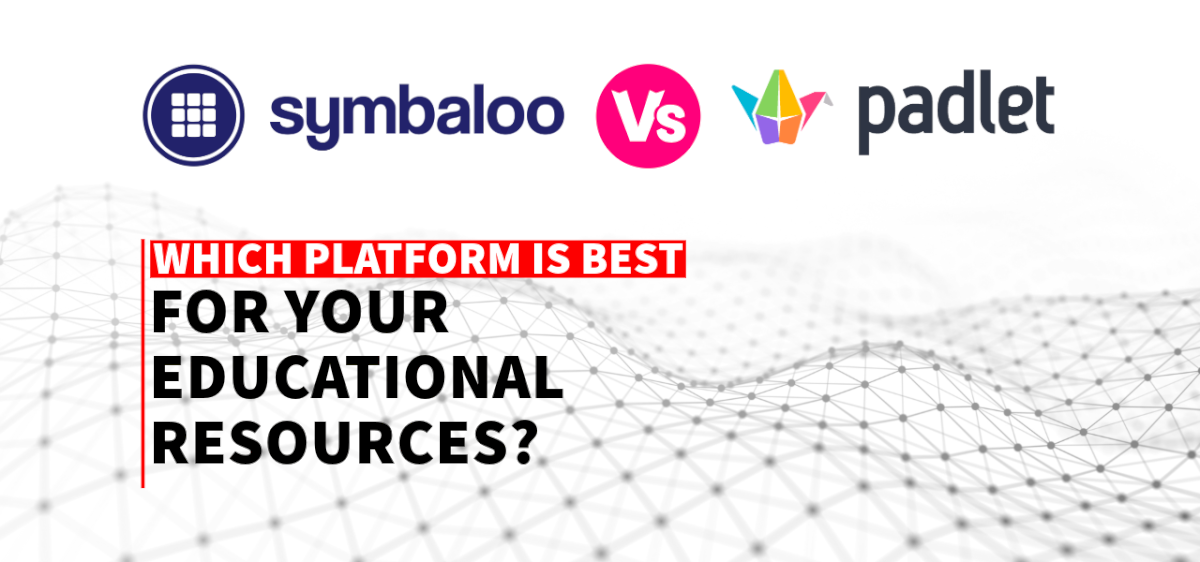
Symbaloo vs. Padlet: Which Platform is Best for Educators?
October 16, 2024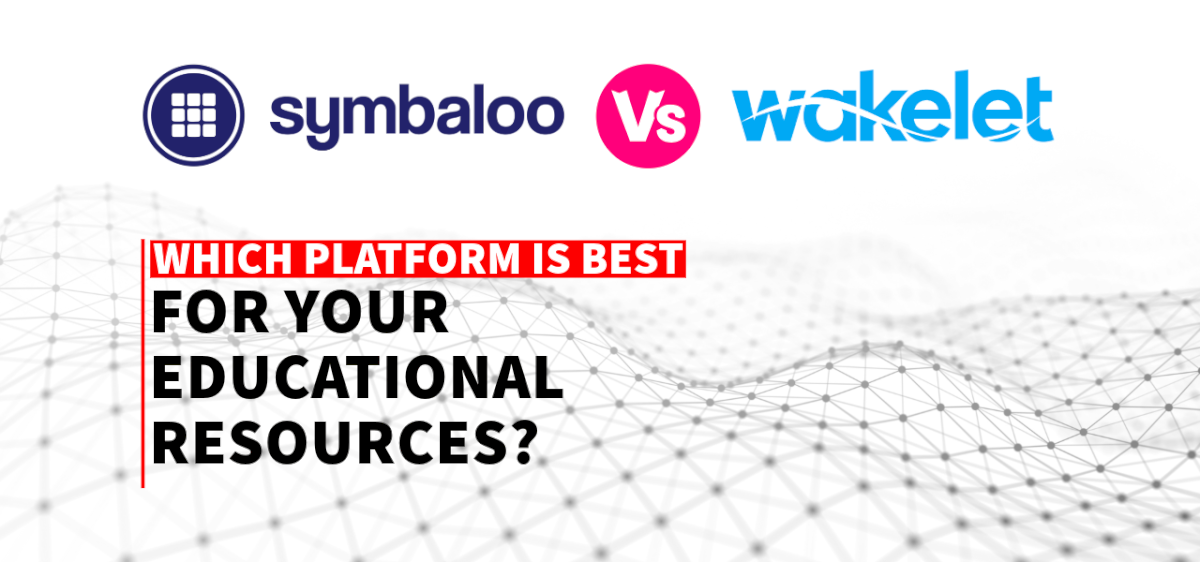
Symbaloo vs. Wakelet: Which Platform is Right for Organizing Your Educational Resources?
October 14, 2024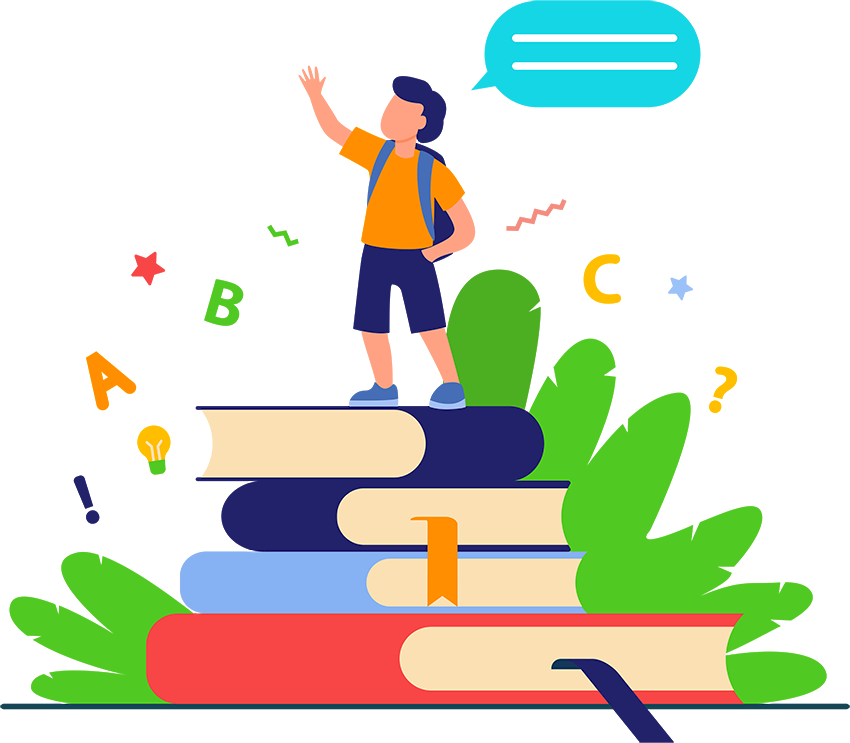
How to Combine 1:1 Classrooms and Virtual Libraries in Your Lesson Plans
May 08, 2023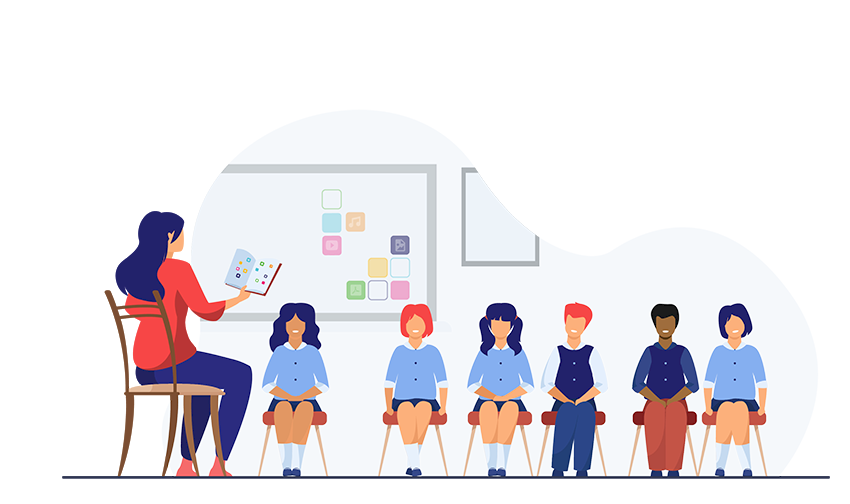
How to Implement Virtual Libraries in Your School: A Guide for Educators
May 05, 2023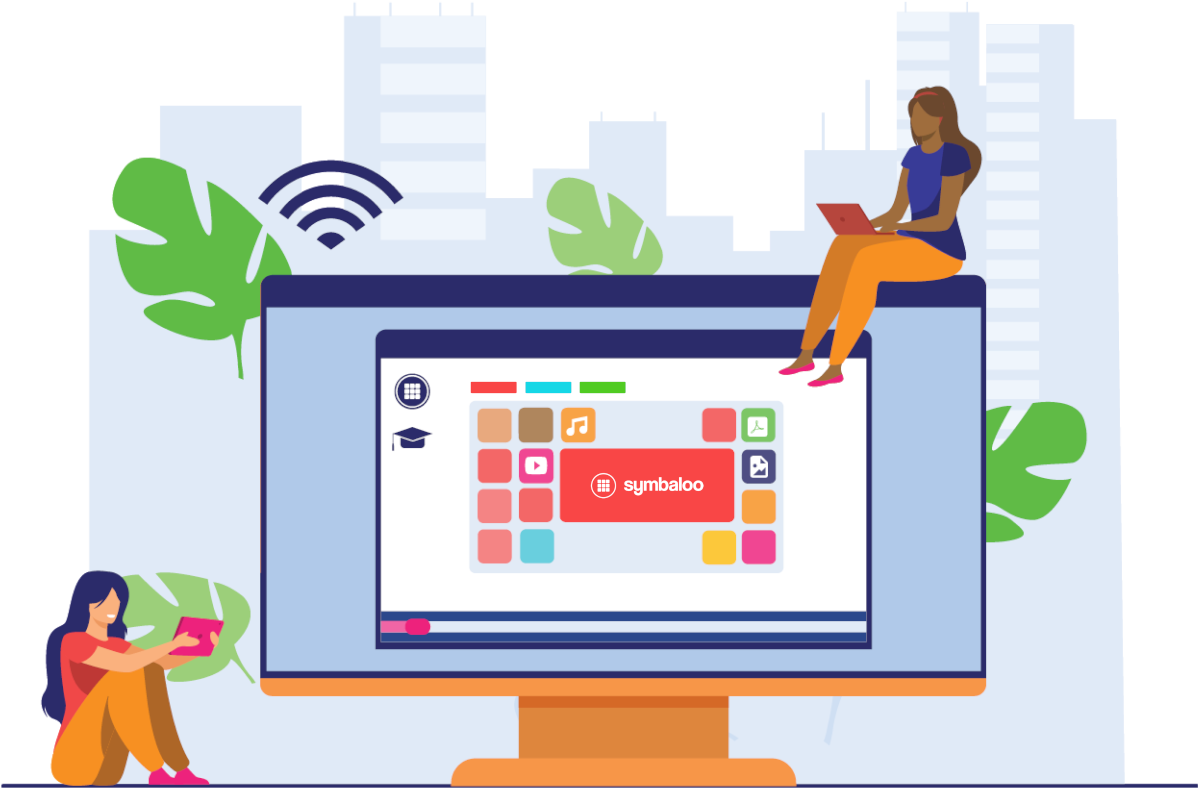
Set Symbaloo as a Homepage on all your School's Devices at Once
May 03, 2023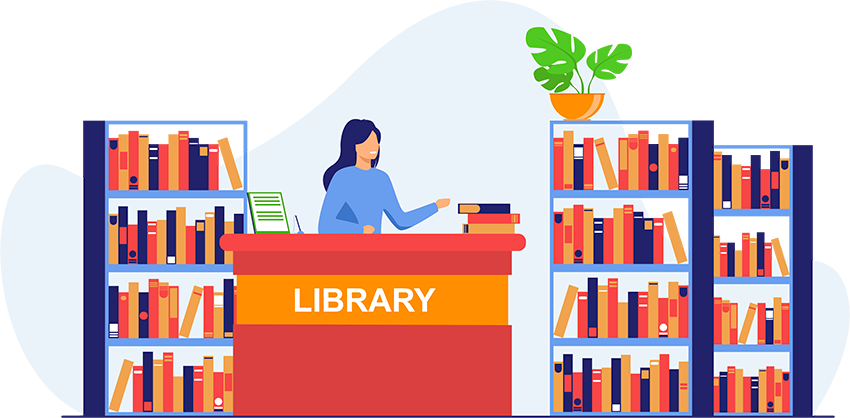
What is a Virtual Library? How can it benefit schools and educators?
April 25, 2023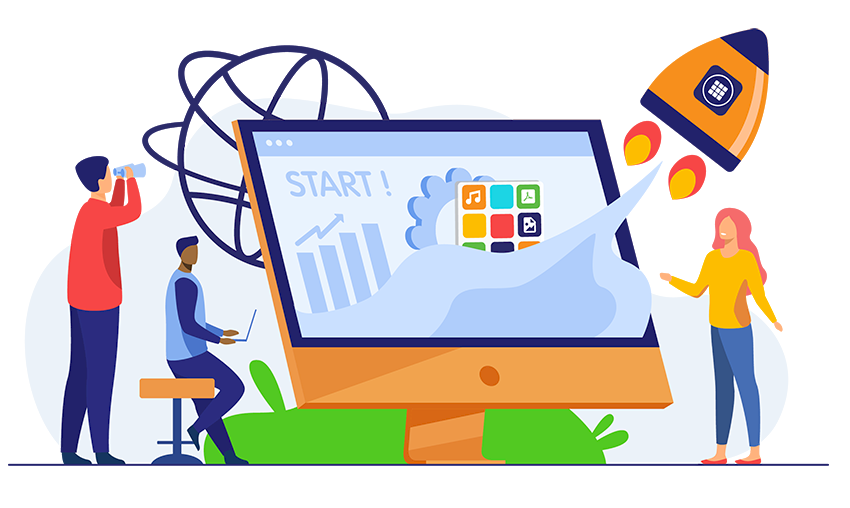
5 Steps to Set Up Your New Symbaloo Webspace
April 04, 2023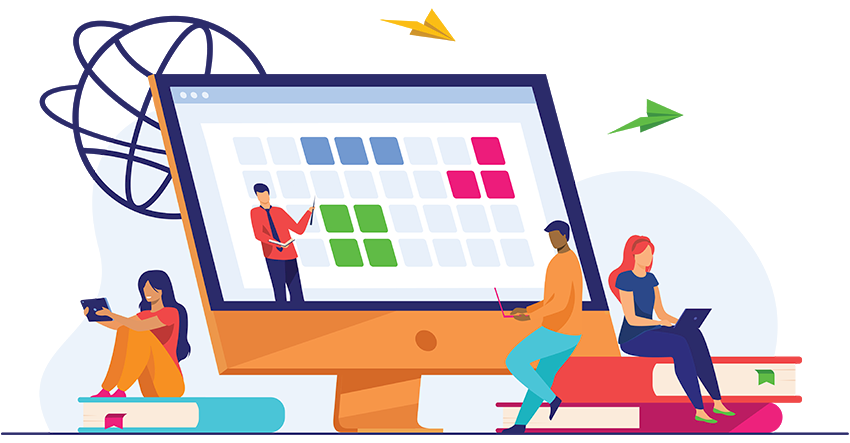
5 Steps for Implementing a One to One Classroom Successfully
February 24, 2023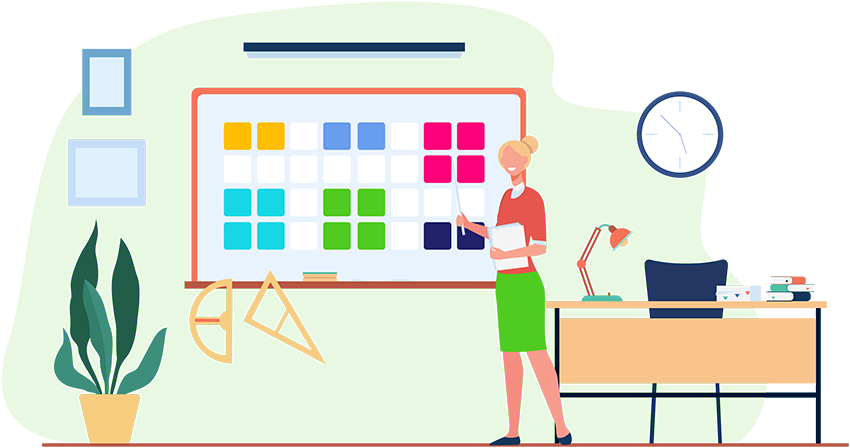
What is a 1:1 classroom, and why do I need it?
February 17, 2023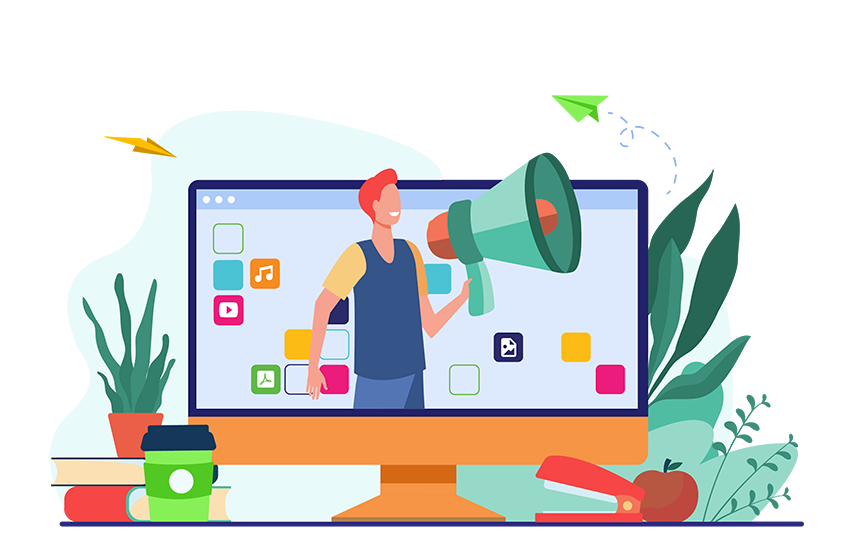
How to Enjoy Connected Webspaces to the Fullest Extent for your School or District
January 11, 2023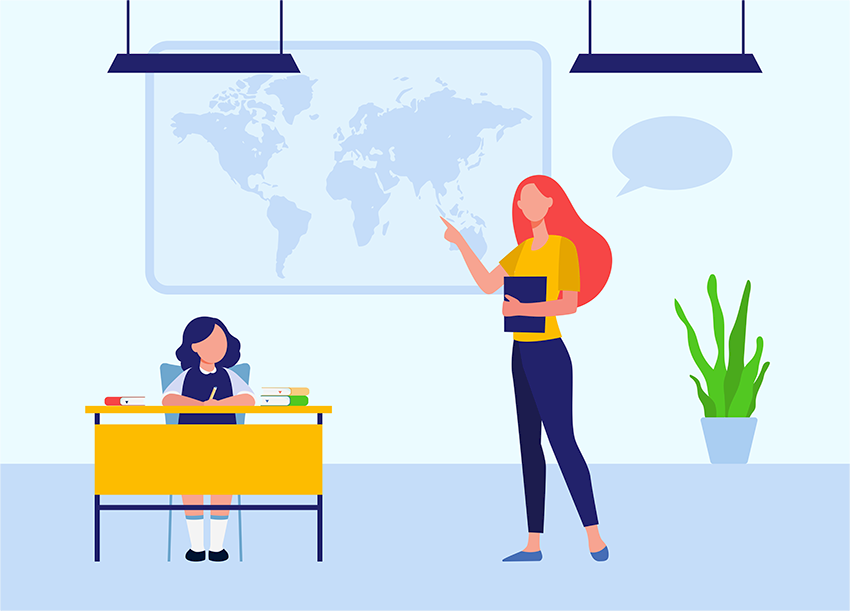
Set Up Your Online Classroom for Blended Learning in 4 Simple Steps
January 06, 2023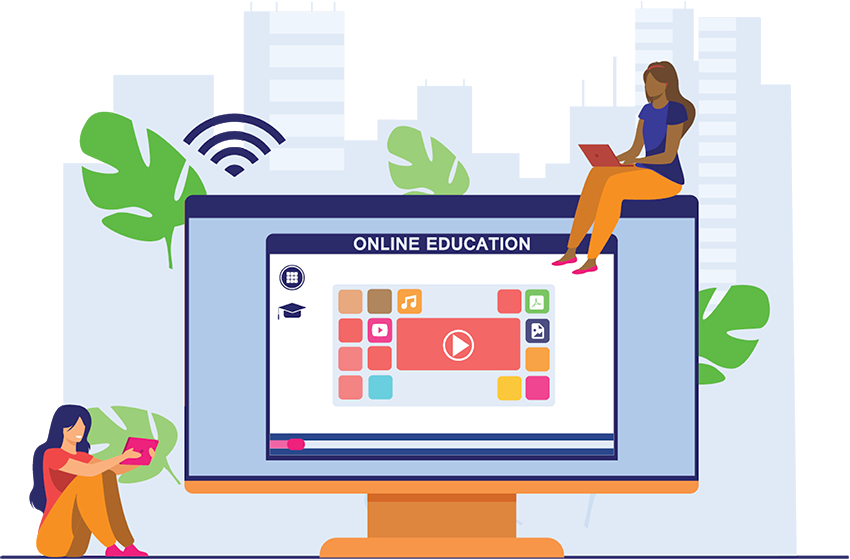
6 Ways to Innovate in your School with Symbaloo
October 03, 2022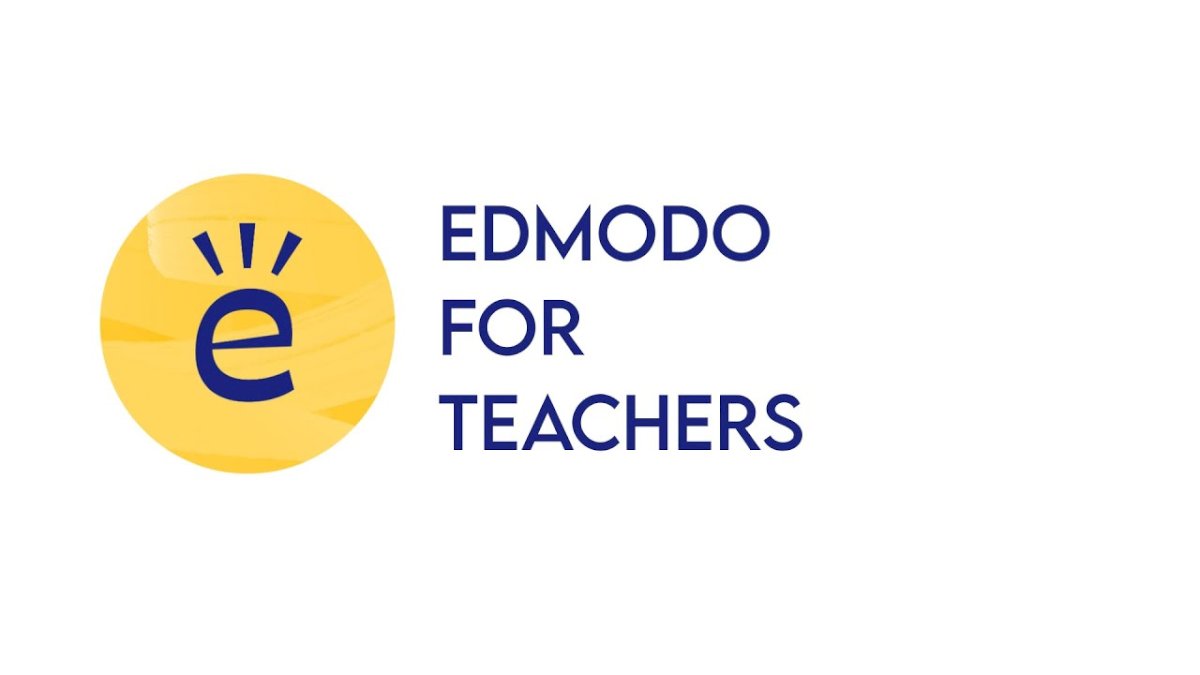
Edmodo has shut down. Learn how Symbaloo can help you.
September 15, 2022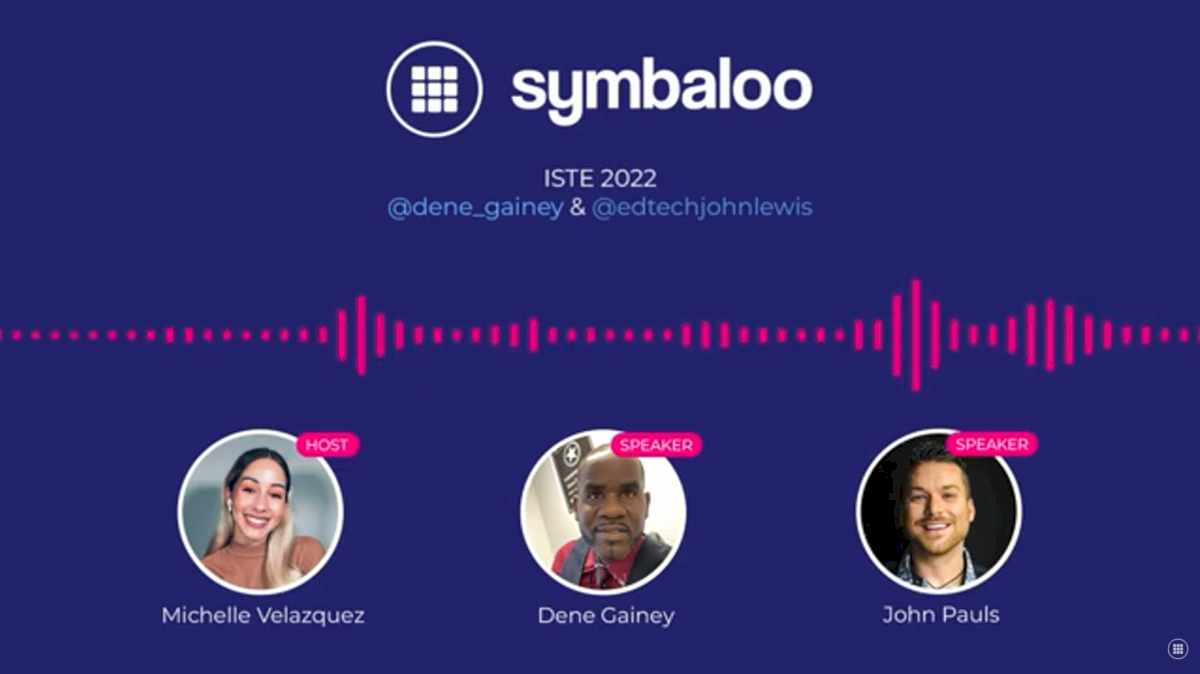
Twitter Space: ISTE 2022
June 15, 2022
Add images to your Symbaloo Webmix
May 03, 2022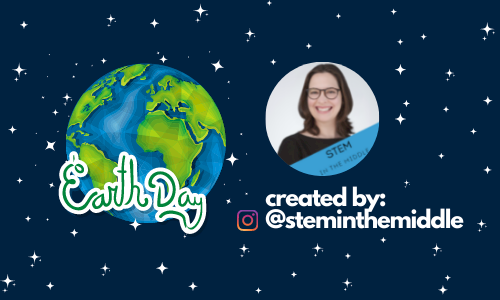
7 Earth Day Lesson Plan Ideas
April 19, 2022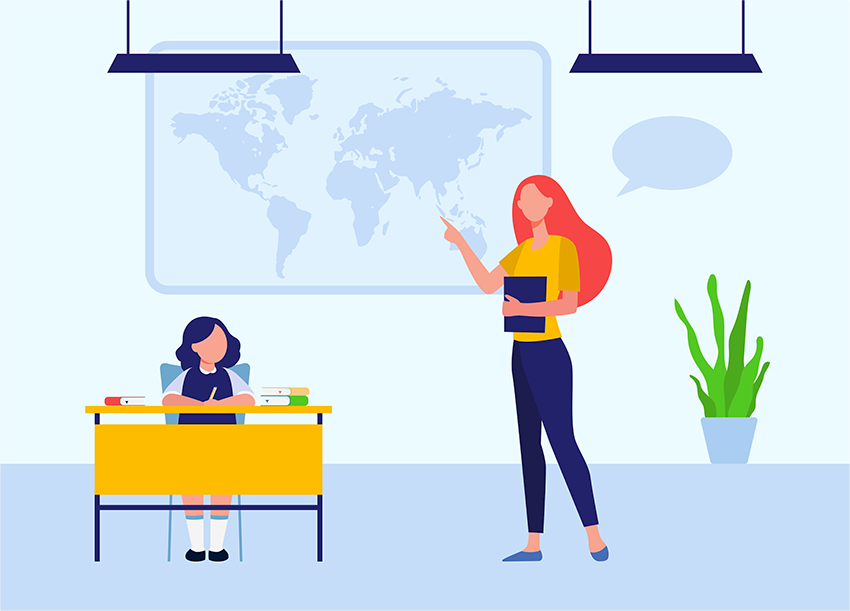
6 ways to use Symbaloo in the classroom
December 16, 2021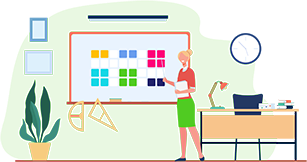
Supporting Special Education Learners through a Custom Symbaloo Webmix
March 31, 2021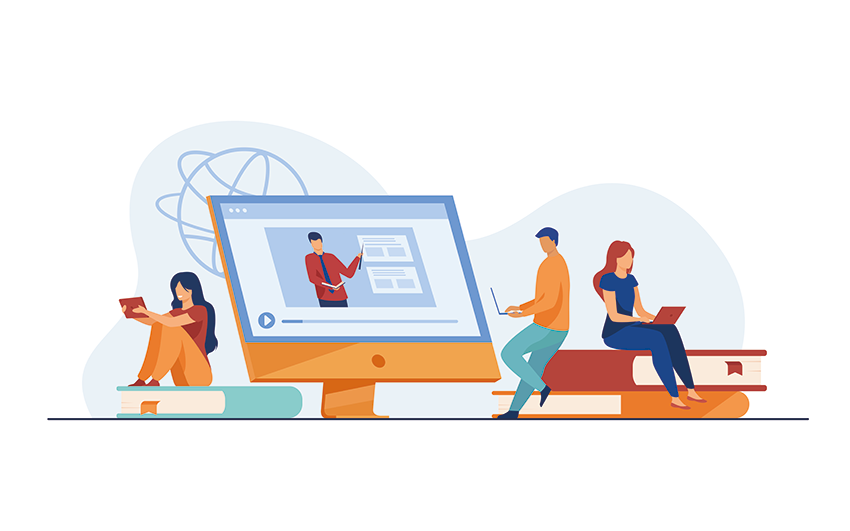
What is Virtual Learning?
January 18, 2021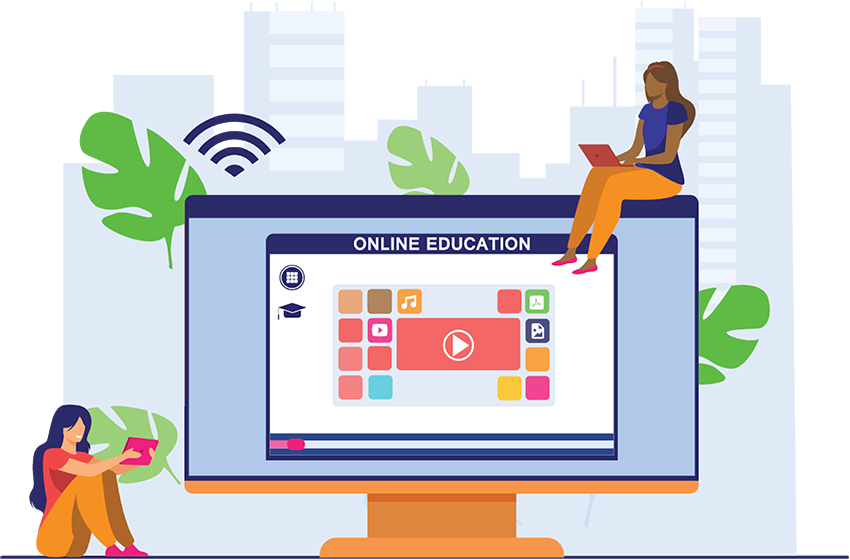
5 Ways to use Symbaloo across Remote Learning or Hybrid Learning Environments
July 30, 2020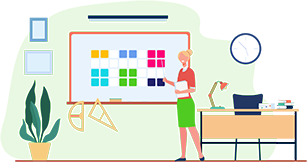
Bob Hayes: How I teach
July 08, 2020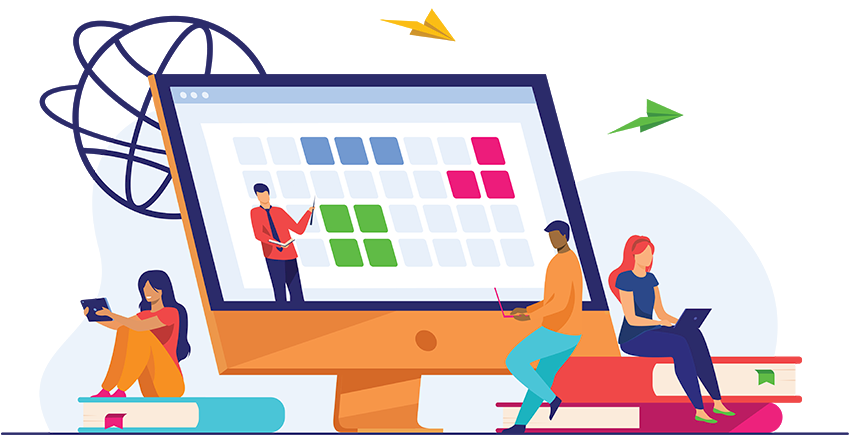
Teaching During Quarantine? How to Educate in Unprecedented Times
March 20, 2020